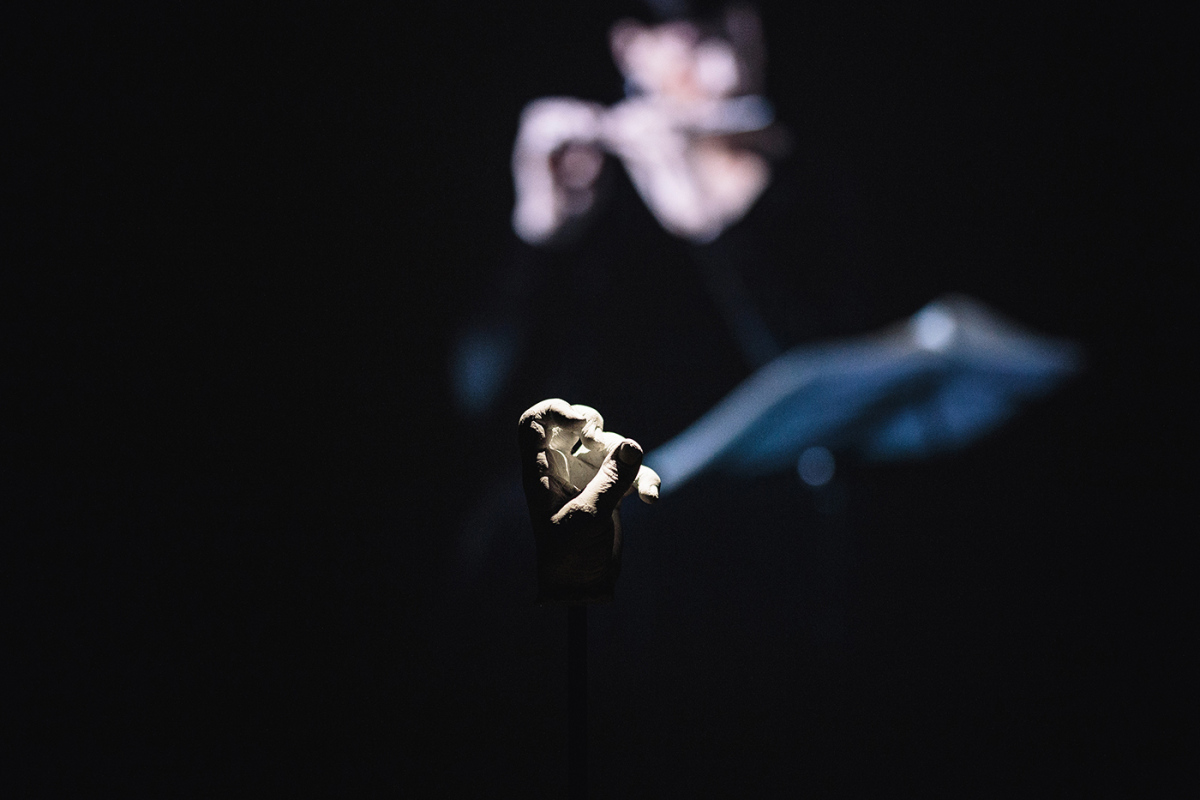-

SESTĀ PASAULES RADĪŠANA / THE SIXTH CREATION OF THE WORLD
Mahler wrote that "a symphony must be like the world. It must contain everything." It is the creation of the world.
Gustav Mahler’s Symphony No. 6 creates the structure of this artwork. This work is an analogy of creation which is that is happening continously both through us and in us.The Piccolo is a small instrument in which a breath is blown into. When the breath flows into the instrument, a sound emerges. It is an analogy of life blown into the first man. Only this one tiny instrument’s part is taken from the Mahler's work. Piccolo flute is essential to the symphony’s structure, but still its party is quite negligible. The important thing is that the piccolo is the highest sounding instrument in the whole orchestra. Piccolo flute’s part is only in the fourth paragraph, the final, and it consists of separate sounds, short replies. It's not much, but it shapes the overall structure.
A musician is reading the music sheets, so she creates the whole symphony in her head. Waiting for her part is a path that the flutist takes by reading the notes.
My mother played the flute in childhood. She breathed life into me. These hands are my mother's and she has created me. Her hands hold the flute, but the flute is not there. Just as the whole symphony is not there, the one whole is not there, but there is the feeling of it and the belief that it exists. The hands formally fill the conductors function, they create a premonition of the insu ated breath to reach the highest point, of the entire symphony.Latvian National Museum of Art, Exhibition Hall Arsenāls
curator : Arta Vārpa
06 / 04 / 2017 – 14 / 05 / 2017
photos © Andris Zieds, © Krista Dzudzilo